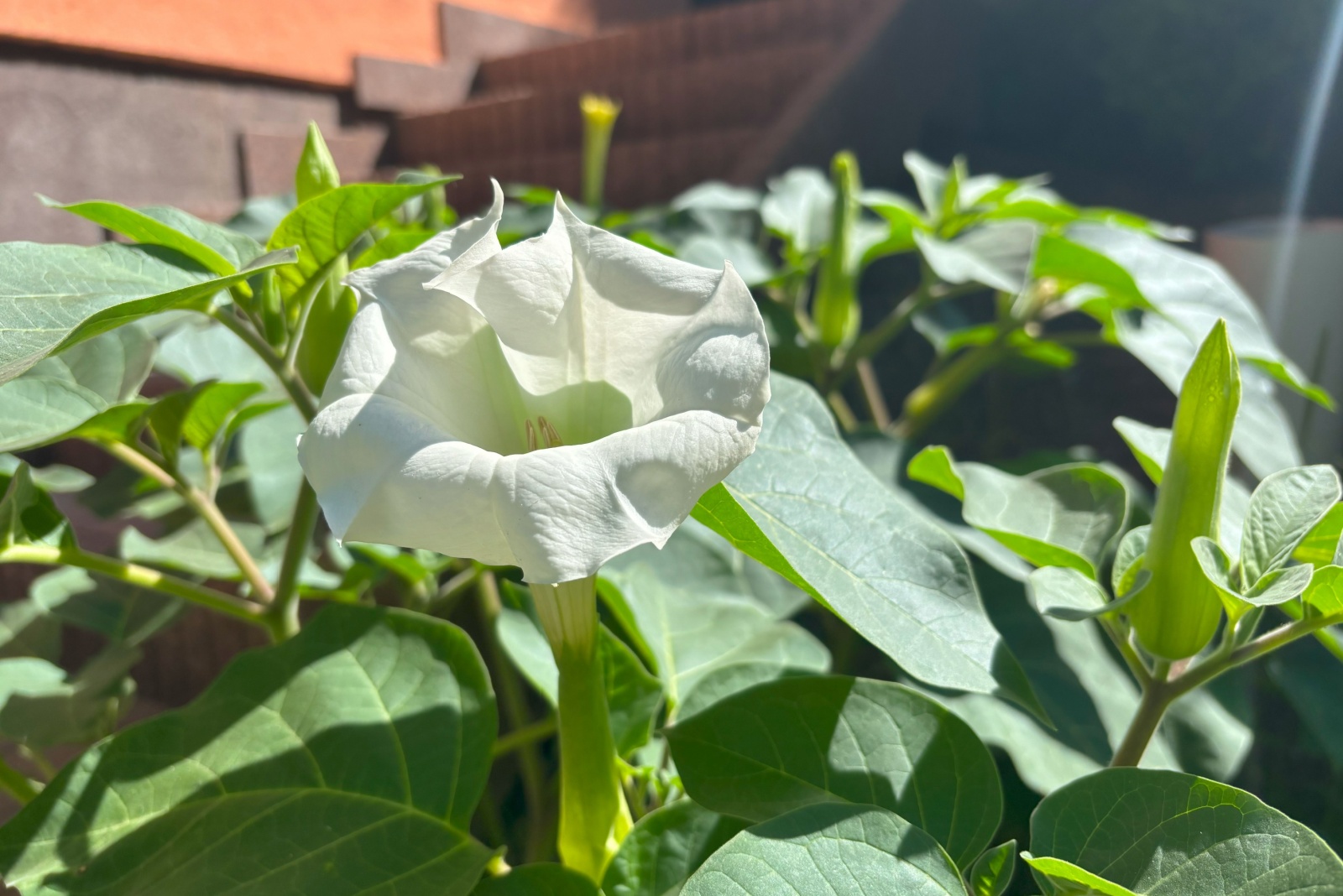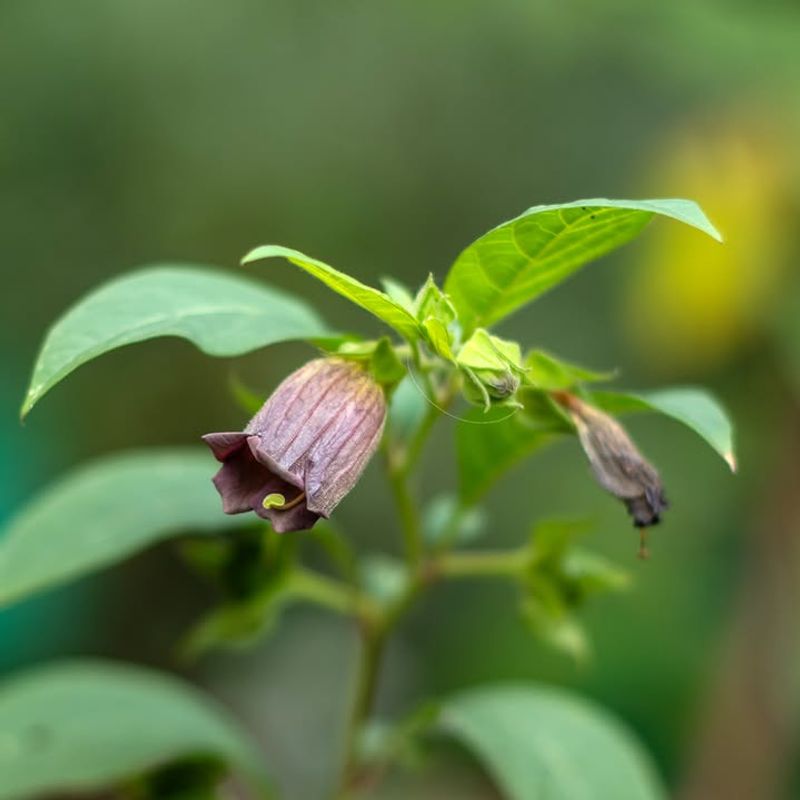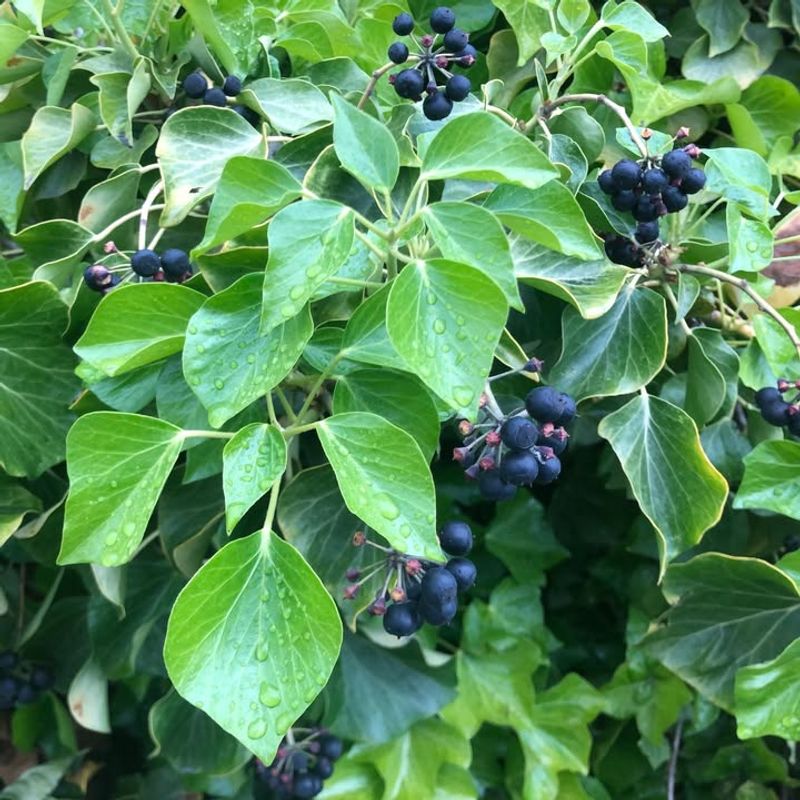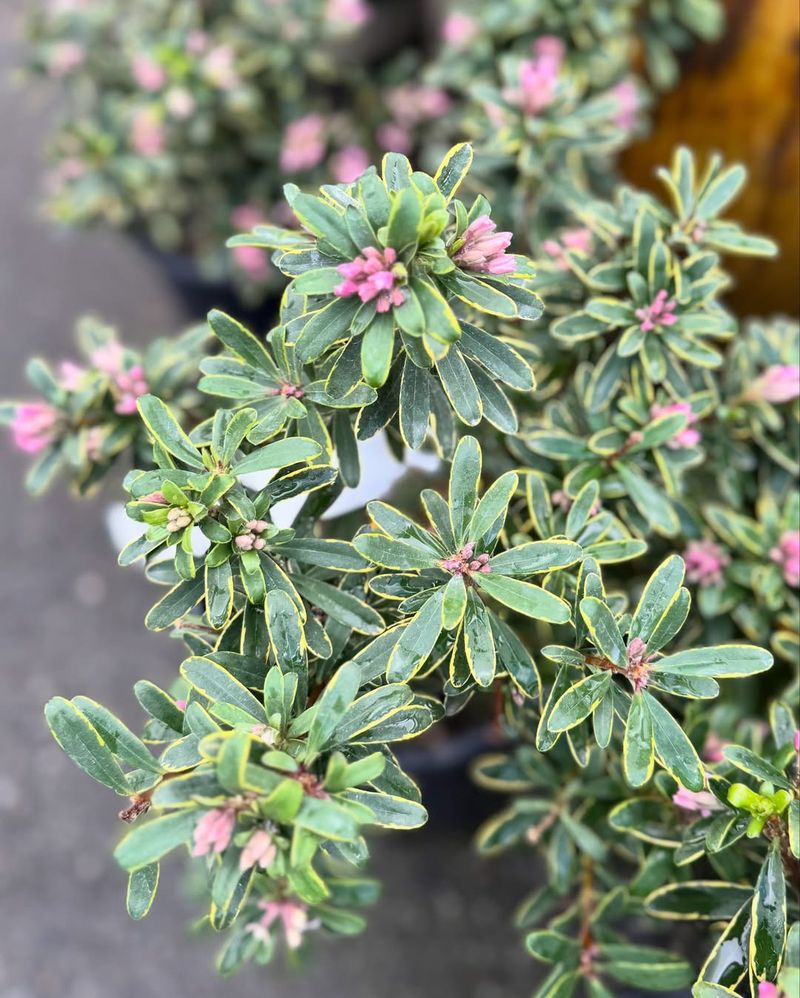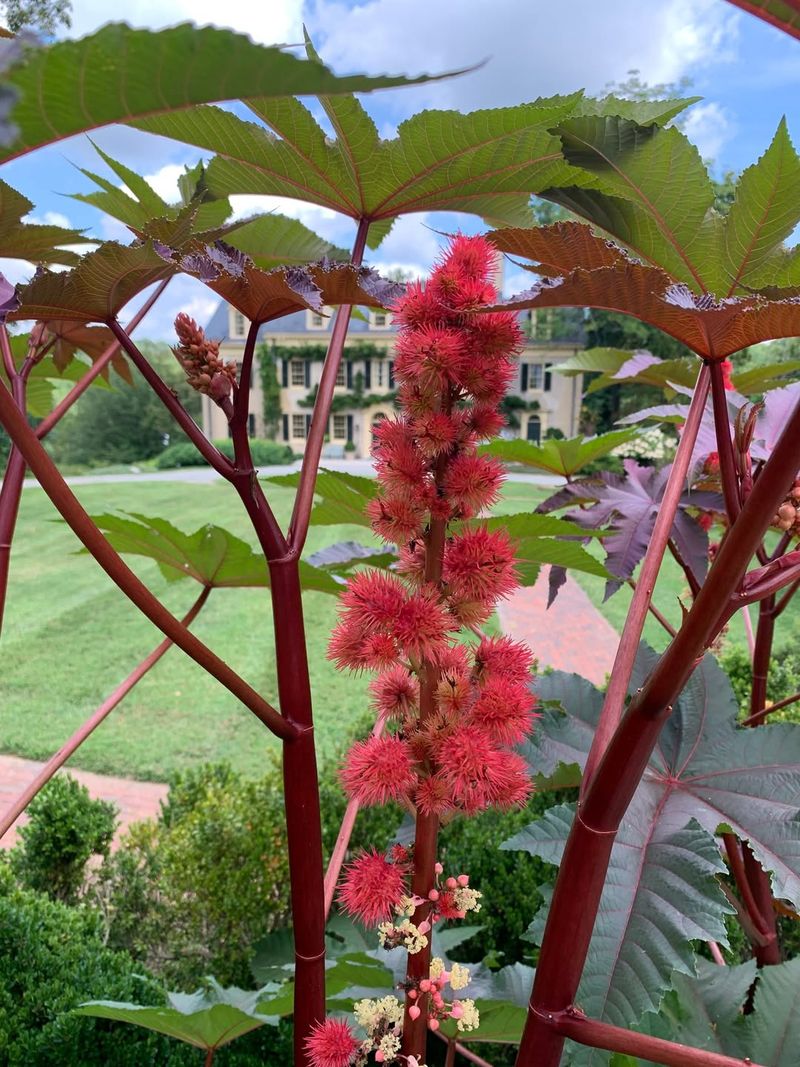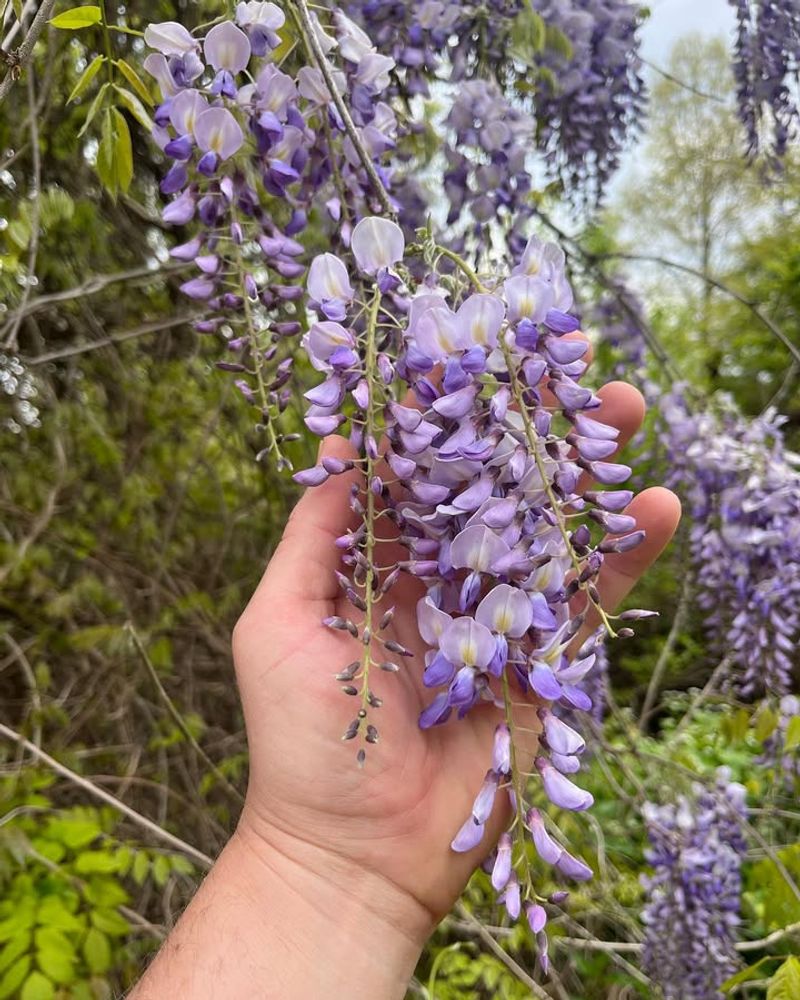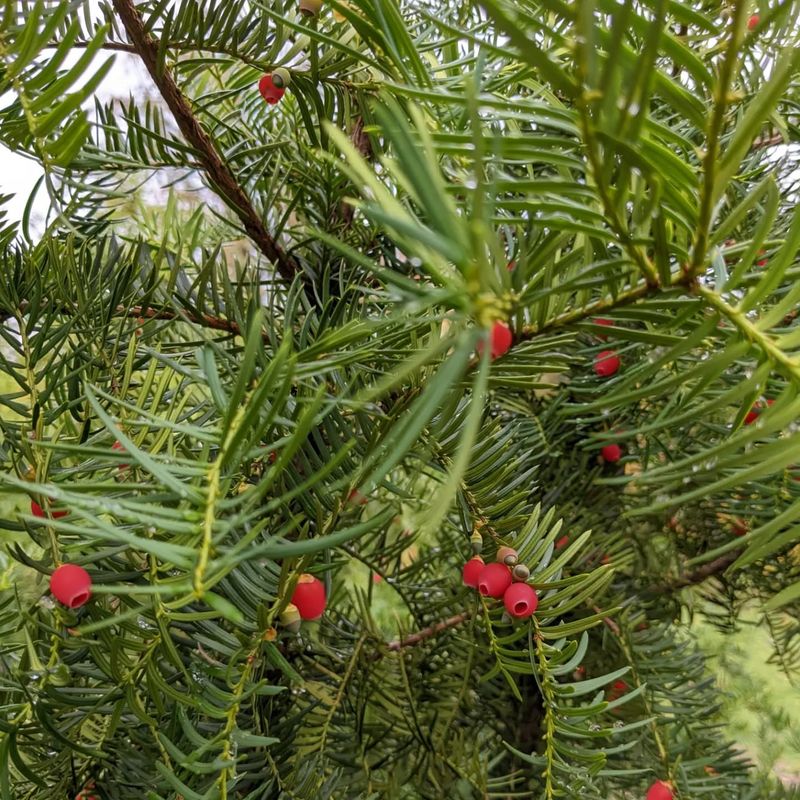Not all plants in the yard are as friendly as they seem. In Pennsylvania, a surprising number of landscape favorites contain toxins or oils that can irritate skin, harm pets, or cause illness if ingested.
And because they blend right into the local environment, most homeowners don’t realize the danger until it’s too late. To help you create a safer outdoor space, here are 12 plants to look out for — and what to plant instead.
1. Poison Hemlock
Walking past this tall, white-flowered plant might seem harmless, but poison hemlock ranks among the deadliest plants in Pennsylvania. Every single part contains toxic alkaloids that attack your nervous system within hours of contact or ingestion.
Children often mistake the hollow stems for whistles, leading to dangerous exposure. Wear thick gloves and long sleeves when removing it, and never burn the plant since inhaling smoke causes poisoning too.
Contact your local extension office for proper disposal methods in your area.
2. Giant Hogweed
Imagine getting severe burns just from brushing against a plant on a sunny day. Giant hogweed’s clear sap contains chemicals that make your skin ultra-sensitive to sunlight, causing painful blisters that can last for months.
Standing up to 15 feet tall with massive white flower heads, this invasive species spreads rapidly through Pennsylvania gardens. Kids playing outside face the highest risk since they might touch it without realizing the danger.
Professional removal is strongly recommended due to serious health hazards involved.
3. Pokeweed
Those glossy purple berries dangling from pokeweed stems look tempting enough to eat, but they pack a toxic punch that causes severe stomach pain and vomiting. Birds can safely consume them, yet humans and pets cannot tolerate the poisonous compounds throughout the entire plant.
Pokeweed grows quickly in Pennsylvania yards, sometimes reaching ten feet in a single season. The thick taproots make removal challenging, so dig deep to prevent regrowth.
Always supervise young children around areas where pokeweed might appear.
4. Deadly Nightshade
Few plants live up to their scary names quite like deadly nightshade does. Just two or three of its shiny black berries contain enough toxins to seriously harm an adult, while smaller amounts endanger children and household pets.
Symptoms include confusion, rapid heartbeat, and hallucinations that require immediate medical attention. The plant produces bell-shaped purple flowers before developing its dangerous fruit.
Remove it carefully with gloves, ensuring no berries drop where curious kids or animals might find them later.
5. English Ivy
Your charming climbing ivy might seem innocent decorating fences and walls, but English ivy produces toxic berries and leaves that sicken pets and children who nibble them. Beyond poisoning risks, this aggressive vine damages building foundations and tree bark as it spreads.
Pennsylvania’s climate lets English ivy thrive year-round, choking out native plants and creating dense mats. Pull it up by the roots before it establishes deeper into your property.
Dispose of removed ivy properly since fragments can root and regrow easily.
6. Daphne
Sweet fragrance fills the air when daphne blooms, but beauty masks danger with this deceptive shrub. All parts contain toxins that burn the mouth and throat immediately upon contact, followed by severe digestive distress.
Even handling the plant causes skin irritation for sensitive individuals. The bright red or yellow berries particularly attract curious toddlers exploring the garden.
If you must remove daphne yourself, work on a cool day wearing protective clothing and eyewear to avoid accidental exposure to plant juices.
7. Foxglove
Cottage gardens across Pennsylvania showcase foxglove’s stunning purple, pink, or white bell-shaped blooms, yet every part of this plant contains cardiac glycosides that disrupt heart rhythm. Gardeners sometimes confuse young foxglove leaves with comfrey or other edible herbs, leading to accidental poisoning.
Even touching the plant and then rubbing your eyes transfers enough toxin to cause problems. Symptoms develop quickly and require emergency medical care.
Consider replacing foxglove with safer flowering alternatives like snapdragons or hollyhocks instead.
8. Castor Bean Plant
Tropical appearance and dramatic foliage make castor bean plants popular ornamental choices, but they contain ricin, one of nature’s most lethal poisons. A single chewed seed can kill a child, and even intact seeds pose risks if swallowed.
The plant grows rapidly in Pennsylvania summers, producing spiky seed pods that eventually split open. Remove plants before they set seed to prevent spread.
Never compost castor bean plant material since seeds remain viable and dangerous for years in soil.
9. Wisteria
Cascading purple blooms create stunning spring displays, making wisteria a beloved Pennsylvania landscape feature. However, the seeds and pods contain toxic lectins and glycosides that cause severe nausea, vomiting, and abdominal pain when ingested.
Children sometimes play with the long seed pods, occasionally putting them in their mouths. Pets chewing on fallen pods also risk poisoning.
If keeping wisteria, promptly remove all seed pods before they mature and regularly clean up any plant debris around the growing area.
10. Monkshood
Resembling delphinium with its tall spikes of blue or purple hooded flowers, monkshood contains aconitine, a powerful toxin that affects the heart and nervous system almost immediately. Skin contact alone can cause numbness and tingling.
Gardeners have died from merely handling monkshood without gloves during transplanting. The roots hold the highest concentration of poison.
Removal requires extreme caution with full protective gear, or better yet, hire professionals familiar with handling highly toxic plant species safely.
11. Jimsonweed
Also called devil’s trumpet, jimsonweed produces large white or purple trumpet-shaped flowers that smell unpleasant at night. Every part of this weedy plant contains tropane alkaloids causing hallucinations, seizures, and potentially fatal complications.
Teenagers sometimes intentionally consume jimsonweed seeking a high, making its presence especially dangerous. The spiny seed pods and large leaves make identification relatively easy.
Pull plants wearing gloves before they flower and set seed to prevent spread throughout your property and neighborhood.
12. Yew Shrubs
Foundation plantings around Pennsylvania homes frequently include yew shrubs for their evergreen foliage and easy maintenance. Unfortunately, yews contain taxine alkaloids in their needles, bark, and seeds that cause sudden cardiac arrest with minimal warning.
The fleshy red berries taste slightly sweet, tempting children and pets despite the toxic seed inside. Even small amounts prove dangerous.
Replace yews with non-toxic evergreens like boxwood or holly varieties to maintain your landscape design while improving safety for everyone who visits your property.

